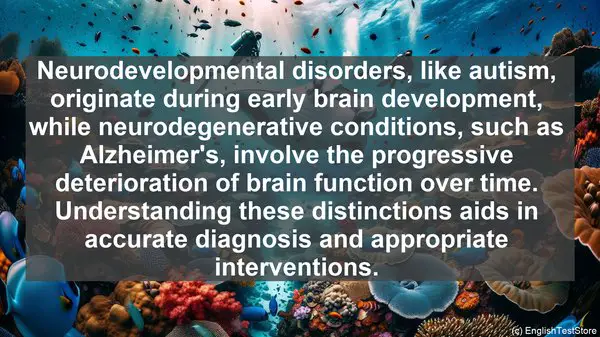Introduction
Welcome to today’s lesson on the top 10 commonly confused words in Developmental Psychopathology. As students in this field, it’s crucial to have a clear understanding of these terms. So, let’s dive right in!
1. Prevalence vs. Incidence
Prevalence refers to the total number of cases of a particular disorder in a given population, while incidence represents the number of new cases occurring within a specific time frame. Understanding the difference between these two terms is essential for accurate research and analysis.
2. Etiology vs. Pathogenesis
Etiology refers to the cause or origin of a disorder, while pathogenesis focuses on the development and progression of the condition. Both terms are vital in understanding the factors contributing to a disorder and its subsequent effects.
3. Comorbidity vs. Co-occurrence
Comorbidity refers to the presence of two or more disorders in the same individual, often with shared risk factors or underlying mechanisms. On the other hand, co-occurrence simply indicates the simultaneous presence of two conditions, without implying a direct relationship.

4. Sensitivity vs. Specificity
Sensitivity measures the ability of a diagnostic test to correctly identify individuals with a particular disorder, while specificity gauges its accuracy in ruling out the condition in those who do not have it. Both aspects are crucial for an effective diagnostic tool.
5. Internalizing vs. Externalizing Disorders
Internalizing disorders, such as anxiety and depression, are characterized by inward-focused symptoms, while externalizing disorders, like conduct disorder, manifest through outward behaviors. Recognizing these distinctions aids in accurate diagnosis and treatment planning.
6. Resilience vs. Recovery
Resilience refers to the ability to bounce back from adversity and adapt to challenges, while recovery signifies the restoration of functioning after a period of illness or impairment. Both concepts highlight the potential for positive outcomes in the face of difficulties.
7. Risk vs. Protective Factors
Risk factors increase the likelihood of developing a disorder, while protective factors mitigate or reduce the chances. Identifying and addressing both types of factors is crucial for effective prevention and intervention strategies.

8. Neurodevelopmental vs. Neurodegenerative
Neurodevelopmental disorders, like autism, originate during early brain development, while neurodegenerative conditions, such as Alzheimer’s, involve the progressive deterioration of brain function over time. Understanding these distinctions aids in accurate diagnosis and appropriate interventions.
9. Symptom vs. Syndrome
A symptom is a single characteristic or manifestation of a disorder, while a syndrome refers to a collection of symptoms that often occur together. Distinguishing between these terms is essential for accurate diagnosis and treatment planning.
10. Validity vs. Reliability
Validity refers to the degree to which a test measures what it intends to measure, while reliability gauges the consistency and stability of the test’s results. Both aspects are crucial for ensuring the accuracy and usefulness of assessments in the field of psychopathology.
